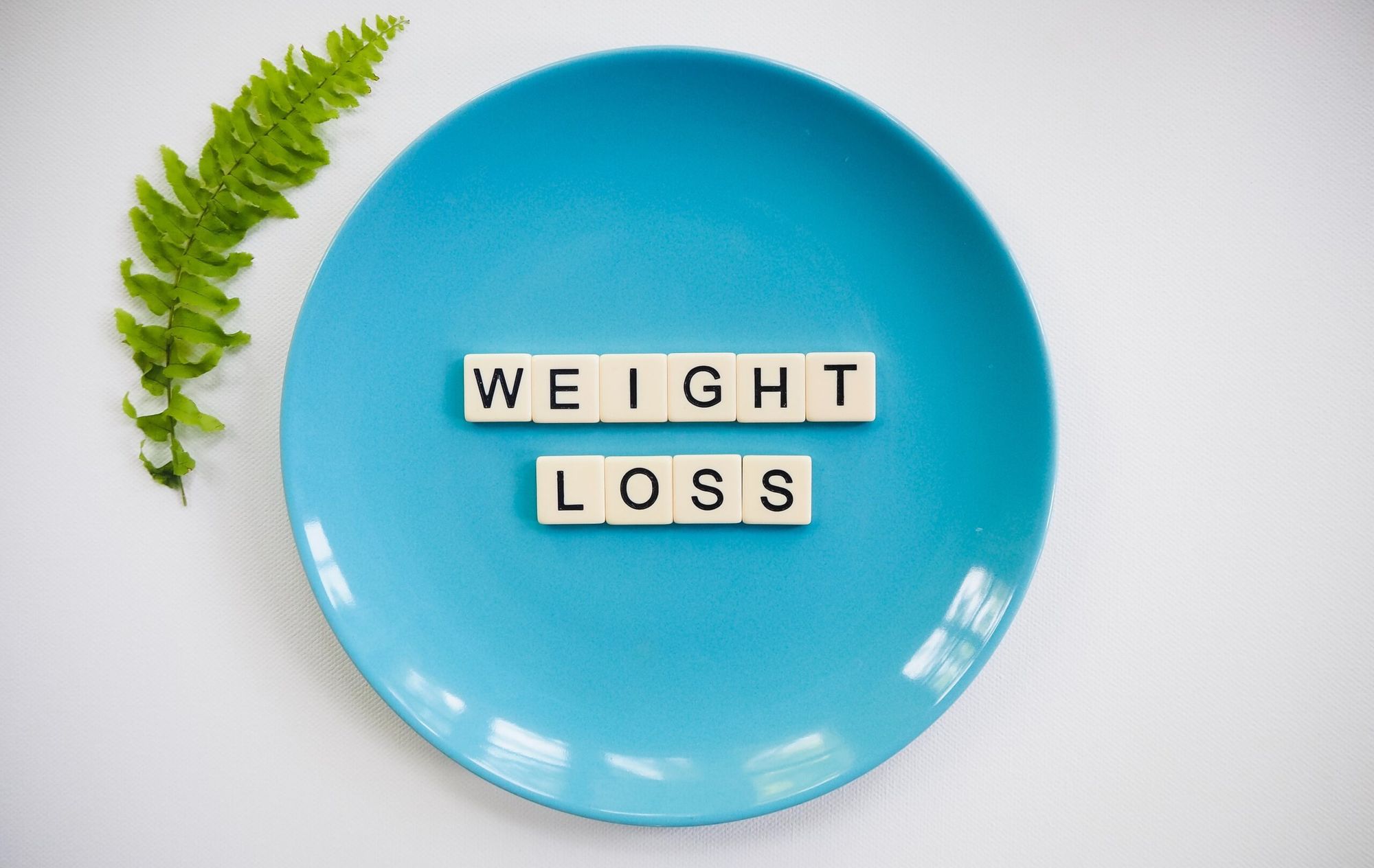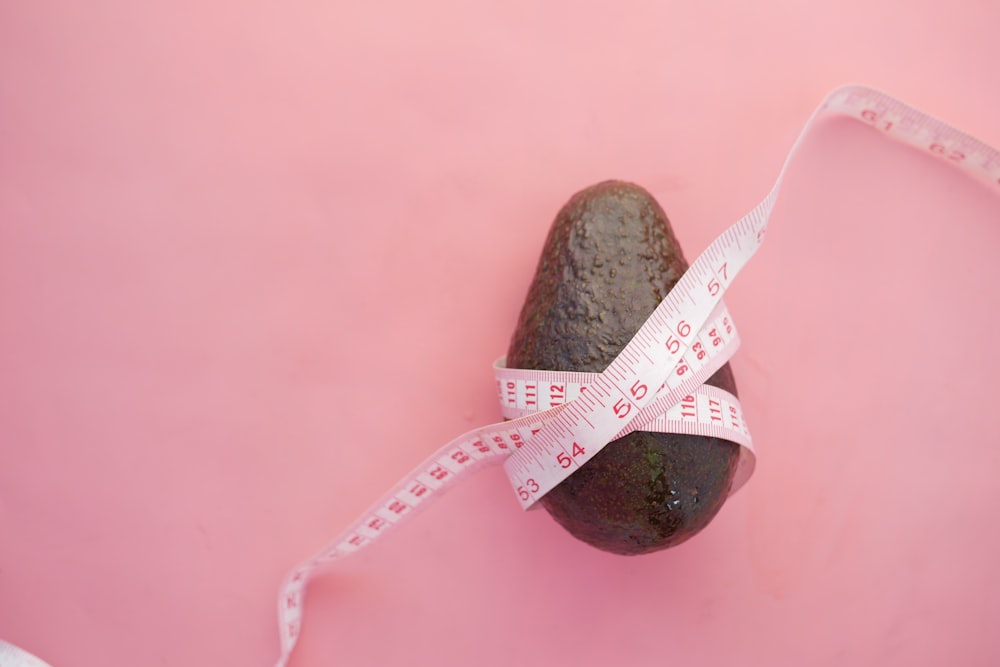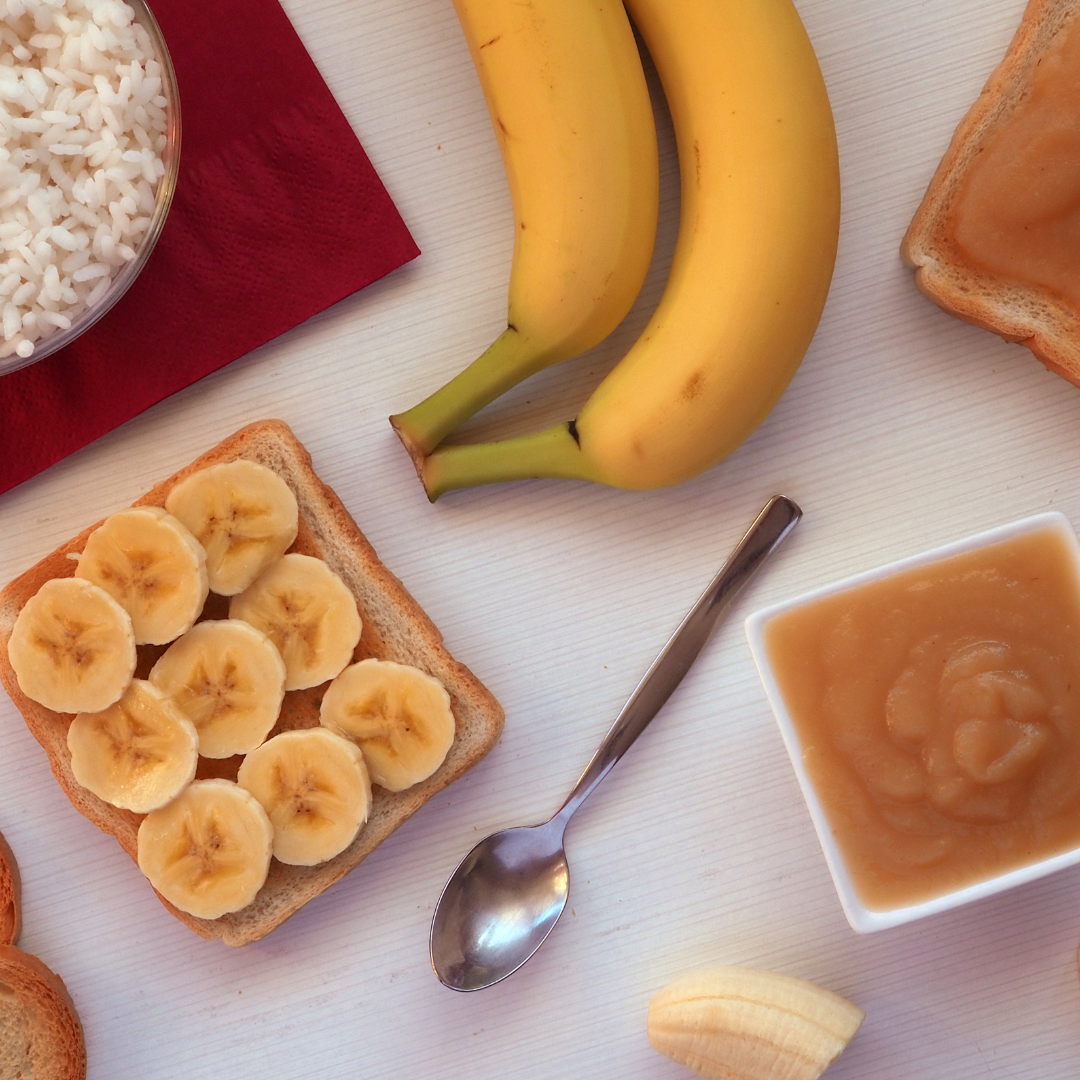
The act of counting calories often has negative connotations, but you can learn how to count calories the healthy and proper way.
Many people associate the practice of counting calories with a negative relationship with food, or an unhealthy obsession with weight. However, calorie counting can be a valuable tool for your health, when used correctly.
As humans, there is a recommended number of calories we’re supposed to consume each day to maintain our energy levels and good health. Creating a calorie deficit, by using up more calories than you consume, is considered the ultimate key to effective weight loss.
While the process of counting calories might seem simple enough, there are a number of common mistakes which can derail your progress when you’re figuring out how to count calories. Everything from forgetting to count liquid calories, to failing to record macros, can turn your calorie counting routine into a mess. Fortunately, there are ways to improve your calorie counting efforts. Below are some tips on how to count calories the right way, and what you should know before you start counting calories.
What To Do Before Counting Calories
Before you can start using calorie counting as the ultimate weight loss tool, you need to know exactly how many calories you’re supposed to consume each day. While there are recommended guidelines out there for men and women, your energy requirements are likely to be different for you compared to your peers.
The most recent dietary guidelines estimate men between the ages 19-30 need approximately 2,400 to 3,000 calories per day for weight maintenance. Keep in mind that weight maintenance means you’re not losing or gaining weight, so that number would be lower if you were trying to lose weight. Men between the ages of 31-59 need closer to 2,200 to 2,600 calories per day, as your energy requirements decrease as you age.
Women between ages 19-30 require approximately 2,000 – 2,400 calories per day for weight maintenance. Between the ages of 31-59, this number decreases to around 1,800 calories required per day.
Notably, your individual calorie requirements are dependent on various factors, including:
- Gender
- Height and weight
- Age
- Activity level
The best way to get an accurate insight into how many calories you should consume per day, is to use a calorie calculator (such as this one), or speak to your dietitian.

The Science Behind Counting Calories
To lose weight, you’ll need to create a calorie deficit by starting to consume fewer calories per day, and exercising more each day. However, it’s important not to restrict your calorie intake too excessively or exercise too excessively. It’s not healthy to engage in vigorous exercise for hours without rest, or consume too few calories.
When you’re figuring out how to count calories the right way, you’ll want to talk to your doctor or dietician about how few calories is too few. Many fad diets recommend restricting your intake to around 1,000 calories per day, which is actually not enough calories for most healthy adults, nor is it sustainable.
Instead, to reduce weight the healthy way, you should reduce your daily calorie intake by a small amount (dietary wise) and increase your deficit with exercise. The right balance should allow you to maintain a healthy lifestyle, while working towards your target weight.
When done right, you may find that mastering how to count calories leads to successful weight loss without losing weight too quickly. Counting calories is beneficial for a number of reasons. Studies reveal that recording your food intake (including tracking your calories) and logging your physical activity are effective strategies to help you lose weight. One report found encouraging participants to count calories led to participants losing up to 7 pounds more than people who didn’t count their calories.
It’s important to note that counting calories by recording your food intake in a food diary will help you be more mindful about what you eat.Mindful eating is a healthy approach to food, because too many people mindlessly binge eat without noticing they’re consuming thousands of calories in one sitting.
Why Does Counting Calories Work So Effectively?
Counting calories works because:
- Tracking your calorie intake helps you to identify any disordered eating behaviours you might have, so you can be more mindful about your eating habits. For example, by logging your food intake and your daily calories, you might discover a late-night eating syndrome you didn’t realize was so out-of-hand.
- Being aware of the amounts of calories in different types of food can help you to make better choices about the foods you eat. This helps you make healthier choices at the grocery store as well.
- Creating a calorie deficit (either through diet, exercise, or a combination of both), is essential to burning more fat and losing weight.
How To Count Calories Properly
Calorie counting isn’t a requirement for losing weight, but it’s a strategy that many people find very helpful when working towards their health and fitness goals. What makes calorie counting complicated is all the various variables you’ll need to keep track of, from portion sizes to cheat days, and everything in between.
Here are helpful tips so that you can learn how to count calories the right way:
1. Use Technology To Your Advantage
When you’re mastering how to count calories, you’re going to want the help of certain diet and fitness apps such as the ‘MyFitnessPal’ app. Downloading calorie counting apps onto your smartphone can make calorie counting much more effective, and much more accurate. These apps come with databases of information about the calories present in various foods. This means you can search for the food you’re eating, find out the calories, and record everything from everyday items like bread, to a specific brand of yogurt.
Calorie counting apps allow you to record all the calories in your meal in a couple of seconds before you sit down to eat. They can also help you to track how often you’re sticking to your calorie deficit goals, and when you’re going over or missing the mark.
Apps are particularly valuable when it comes to measuring portion sizes. You can use apps to search for the exact number of calories in each item of food according to the item’s weight. This means you’re more likely to get accurate results. If possible, use a set of scales to get the exact weight for portion sizes, rather than just guessing.

2. Use Measuring Devices
One of the first steps in mastering how to count calories the correct way is ensuring your home has all the measuring devices you can think of. When you’re preparing meals at home, you need to be able to quickly reach for a tool to measure tablespoons, cups, half a cup, etc.
When tracking your daily calories, it’s crucial to measure the amount you’re eating rather than ‘eyeballing it’ or guessing. For example, many people mistakenly assume that when they fill a glass with orange juice, they’re drinking one cup of orange juice. In reality, when you measure out one cup of juice, it’s likely not going to be a full glass of juice. Using measuring devices helps prevent you mistakenly counting less calories than you’re actually consuming.
3. Be Thorough
Successful calorie counting requires careful attention to detail. Every item you consume has a calorie number attached to it. This means when you’re eating a cheeseburger and fries, you need to think about the calories in everything from the sauce and condiments to the accompanying beverage.
Using the burger-and-fries meal as an example, you’ll need to count the calories in:
- The burger (meat or plant-based)
- The bun (different breads have different calorie counts)
- Toppings (such as cheese, onions or gherkins)
- The fries (according to portion size)
- Any condiments or sauces (such as mustard, mayo or ketchup)
- Your accompanying beverage (Soda, juice, a milkshake)
If you grab a fork and take a few bites of your partner’s meal while you’re eating, this counts towards your overall calorie consumption as well. While it can be difficult to track everything snack you eat or drink you consume, accuracy is key.
When you’re first mastering how to count calories, you’ll quickly realize how much healthier your burger will be without the mayo, for example, or with a salad instead of fries.
4. Record Macros
What are Macros and why should you be counting them? Macronutrients are carbs, fats and protein — the three basic components of the human diet. (You do still need to ensure you’re getting the right vitamins, minerals, antioxidants and other nutrients too, however.)
Your Macronutrient ratio typically involves approximately 45–65% of your daily calories being from carbs, 20–35% from fats and 10–35% from protein. This might be different if your dietician suggests a low-carb diet such as the Keto diet, for example.
While counting calories is great, you can achieve even better results by collecting more information about what you’re eating by tracking your Macros. If you’re using an app to help you with counting calories, you’ll find many of these tools allow you to track Macros as well. This means you can keep an eye on things such as your fiber intake, which helps to keep your bowels moving, and improves your digestion.
An example of why tracking your Macronutrients is an important component of calorie counting is because certain foods will make you feel fuller, longer. The right Macro ratio will keep you from overeating by helping you learn how to fill up on the right foods.
Macro tracking can also draw attention to how much sodium you’re eating (which can be problematic for your heart while also making you look bloated), and whether you’re missing out on certain nutrients. Your CircleDNA test can give you an insight into the kind of Macros you should be getting more of in your diet, so you can begin to work on adapting your food consumption to pursue better health. Pay attention to your diet and nutrition reports from CircleDNA to find out which type of diet suits your DNA the best.
Tracking your Macros helps you think carefully about how you want to adjust your food consumption, such as increasing your protein consumption to help build muscle.
If your doctor or dietitian has recommended a low-fat or low-carb diet, or asked you to reduce your consumption of certain foods, Macro tracking will help you achieve the right results.

5. Use a Food Diary
If you want to improve your relationship with food and your overall health while watching your calorie intake, you might consider using a food diary.
A food diary encourages you to keep track of what you eat, as well as when you tend to eat, your portion sizes, and calories. It also gives you a deeper insight into your relationship with food. Recording additional information outside of calories, such as how you feel when you eat certain meals, and where you eat foods, can help you to pinpoint healthy and unhealthy eating habits.
Using a food diary is excellent if you want to work on issues such as eating too much when you’re bored, overeating at night in front of the TV, or if you want to determine whether you have any specific food intolerances.
6. Remember to Track Your Exercise
Good calorie counting looks not just at the calories you take in, but also the calories you burn. When you’re learning how to count calories, you’ll start to learn how many calories are in your favourite snacks, but you’ll also learn how many calories you burn during your favourite exercises. For example, a 50 minute spin class can burn up to 700 calories.
Remember, weight loss is about creating a calorie deficit. If you exercise enough to burn 700 calories, and you eat 2000 calories, you’re still in a good position to lose weight.
When recording the calories you burn, remember to calculate your calorie output as accurately as possible. You’ll need to think about your current weight, and how long you engaged in a specific activity to get an accurate estimate.
Similar to the calculators available to help you decide how many calories you should be consuming in the first place, there are also calculators to help you determine how many calories you burn when you perform certain exercise routines.
Making the Most of the Calorie Counting Strategy
To lose weight, you need a calorie deficit. This means you need to consume less calories than your body uses each day. Notably, in typical calorie counting, it doesn’t matter what kind of calories you’re consuming, provided that you stick within your desired number.
However, this doesn’t necessarily mean you should eat whatever you want. If you’re eating processed foods and unhealthy items constantly, then you may not be getting the right amount of nutrients, which will lead to higher hunger cravings, and an increased risk of you abandoning your diet. This is why tracking your Macros helps you stick to your healthy diet.
Furthermore, remember that eating too much sugary food and simple carbs can have a negative effect on your overall health in a multitude of different ways – not just weight gain. Brain fog, for example, could be happening due to eating the wrong foods (even if you’re technically eating the right amount of calories).
Calorie counting is an excellent way to make a difference to your weight loss routine. Learning how to count calories is likely to yield results. However, this strategy is only one component of a comprehensive health and wellness approach. Understanding what you need to eat and what you should avoid eating in order to live a happy and healthy life is a much better way to ensure long-term success. Food diaries help you track how you feel after eating certain foods. When you realize certain foods give you mental clarity or a healthy dose of energy, for example, you’ll start to thrive.






